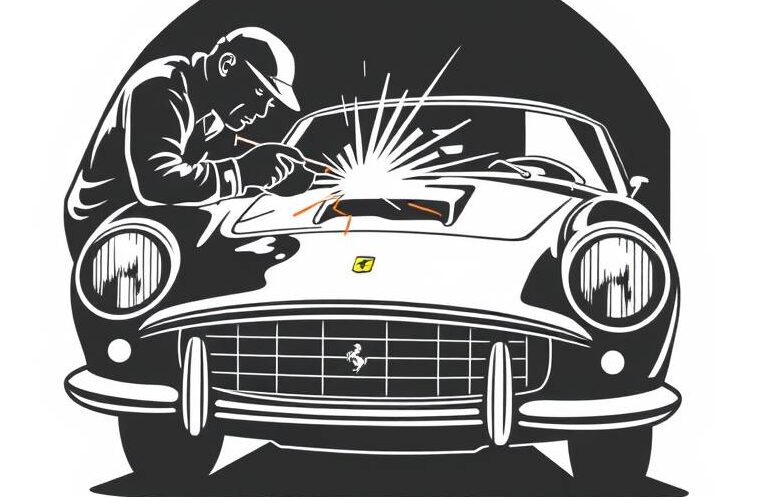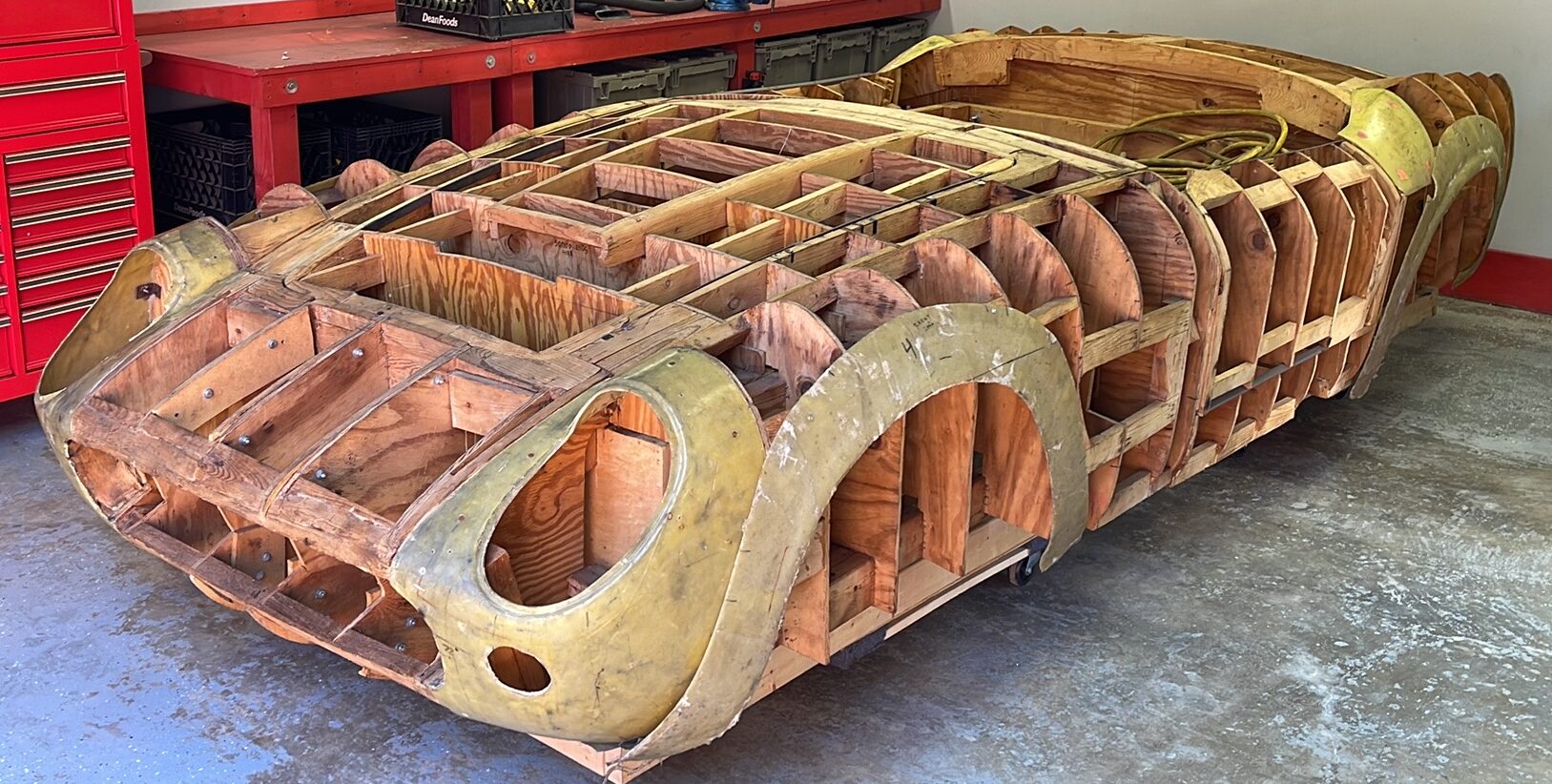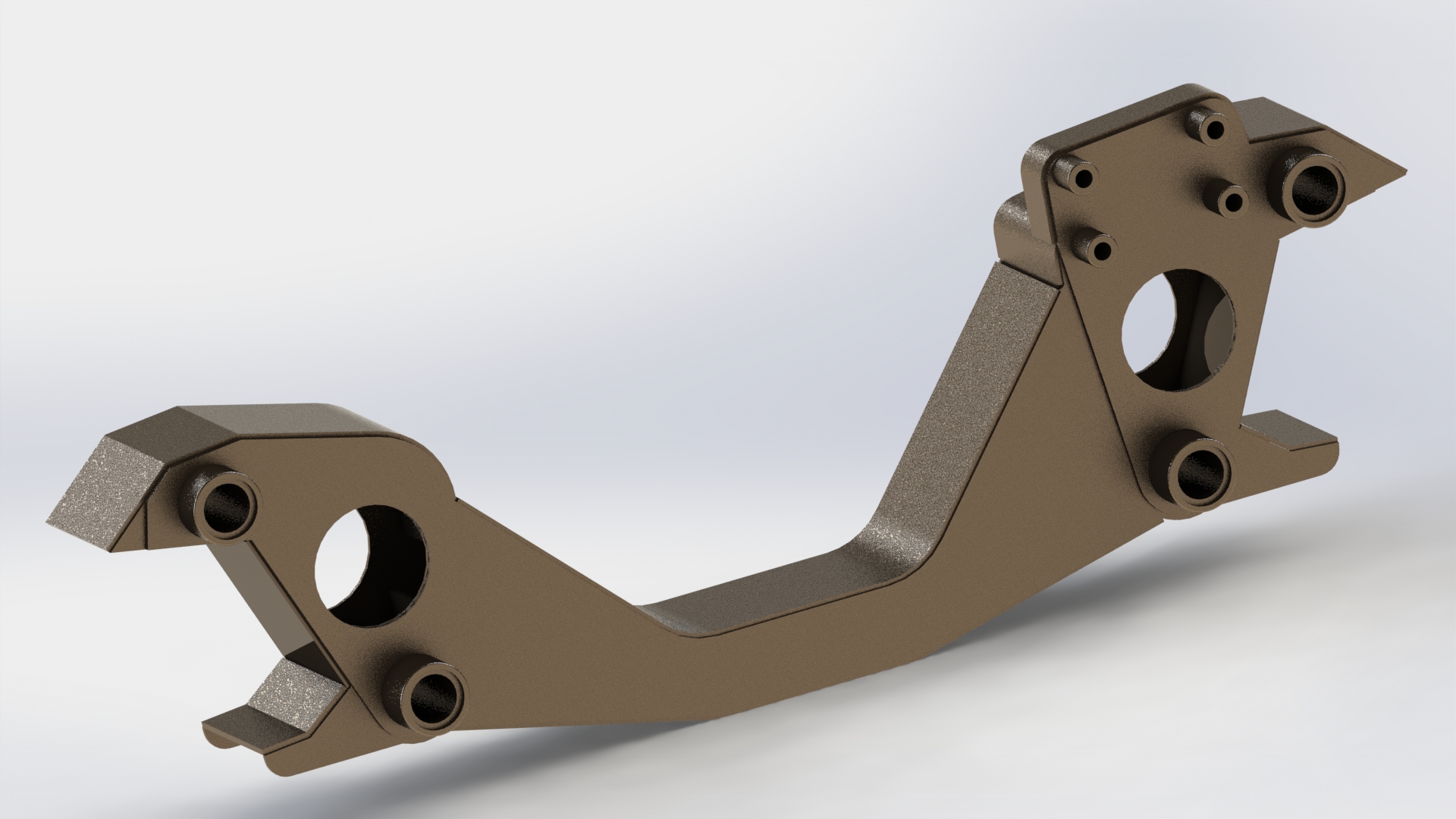250GT / 330 GTC/E Traversa (Crossbar)
On the 250 GT chassis (used for models like the California Spider, SWB Berlinetta, and Lusso), the traverse were the tubular or boxed steel members that tied the two main longitudinal frame rails together.
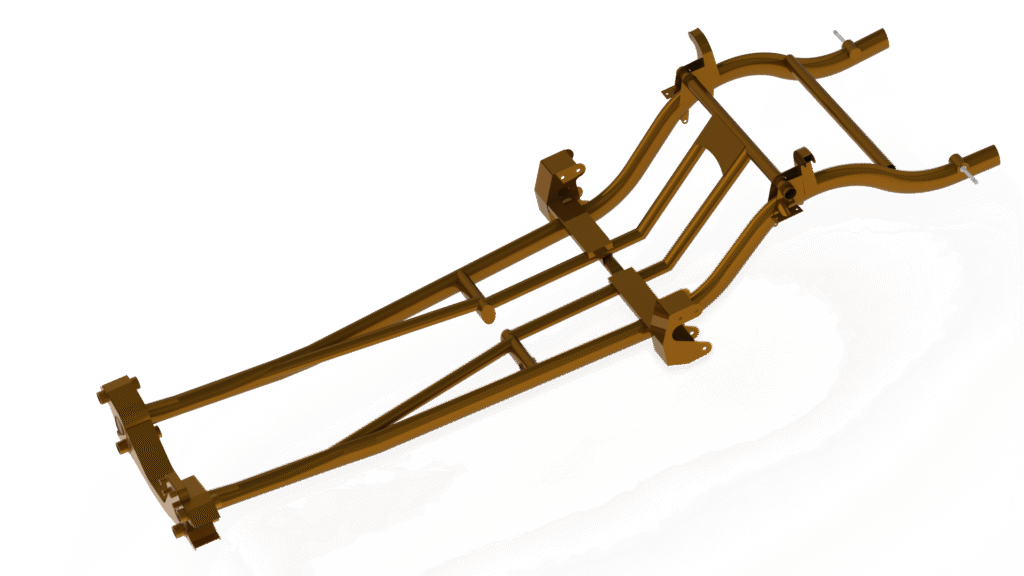
The 250 GT SWB in particular, used a relatively light but stiff tubular steel frame designed by Gilco (Gilberto Colombo). The careful placement of the traverse members was one of the reasons the SWB handled so well. It balanced lightness with rigidity, letting the car corner more like a race car than a sedan.
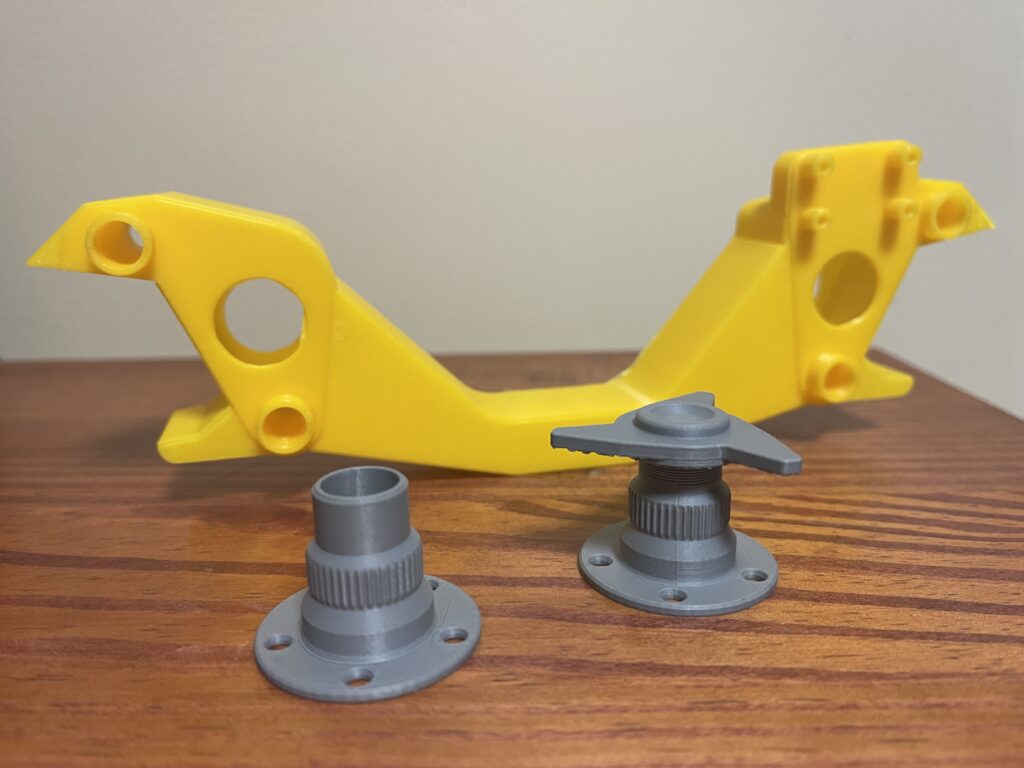
Features:
Rigidity: They prevented the ladder-style frame from twisting under cornering or acceleration.
Suspension mounting: Some traversa pieces carried suspension pick-up points, spring mounts, or anti-roll bars.
Engine and drivetrain support: A forward traversa held the engine mounts, while others located the gearbox or propshaft tunnel.
Crash resistance: They added protection and distributed forces through the chassis.
When you see “traversa” in manuals, restoration notes, or design drawings, it’s pointing to one of those crossmembers that connect the chassis rails. Some restorers even refer to them by position traversa anteriore (front crossmember), traversa posteriore (rear crossmember), etc.
